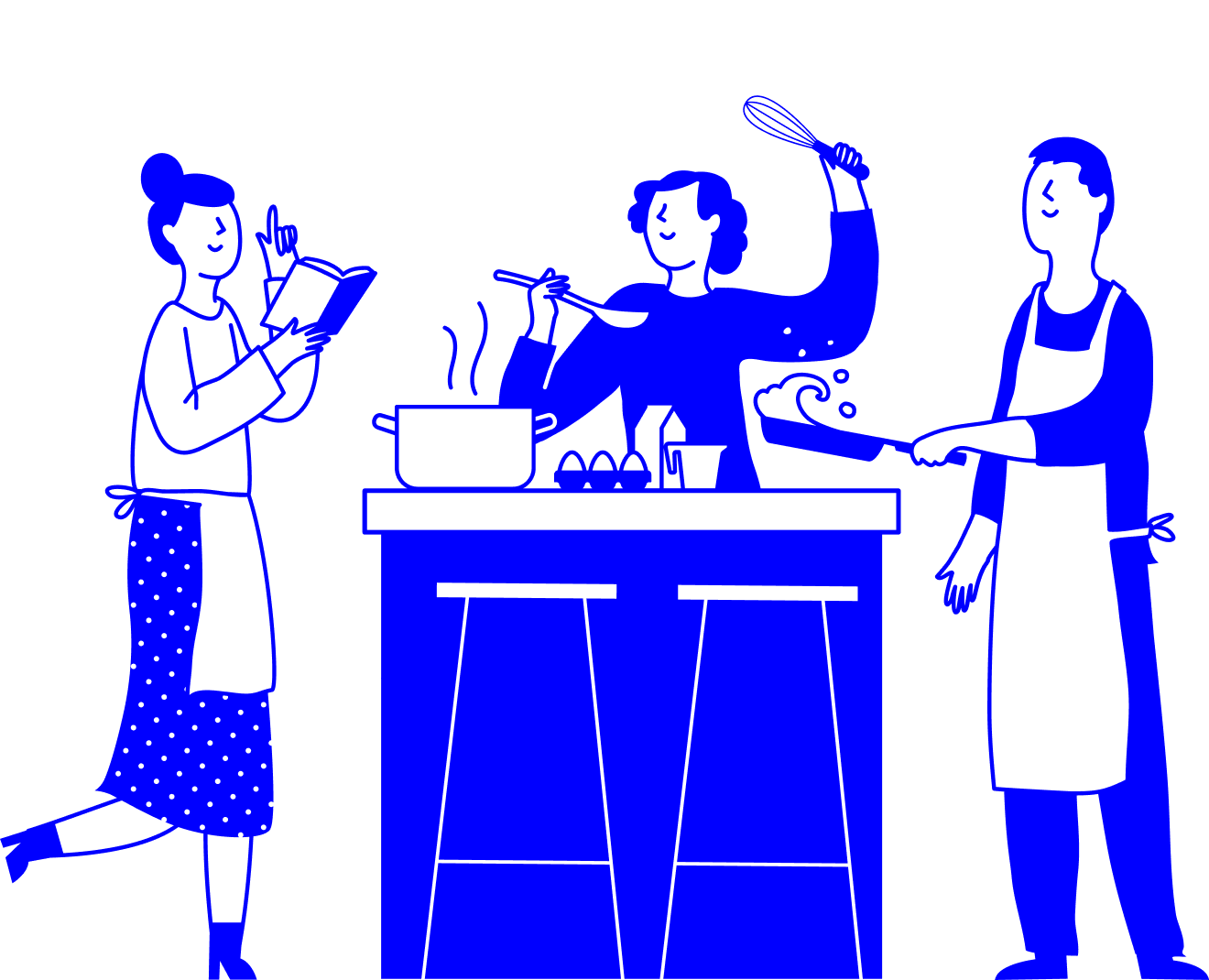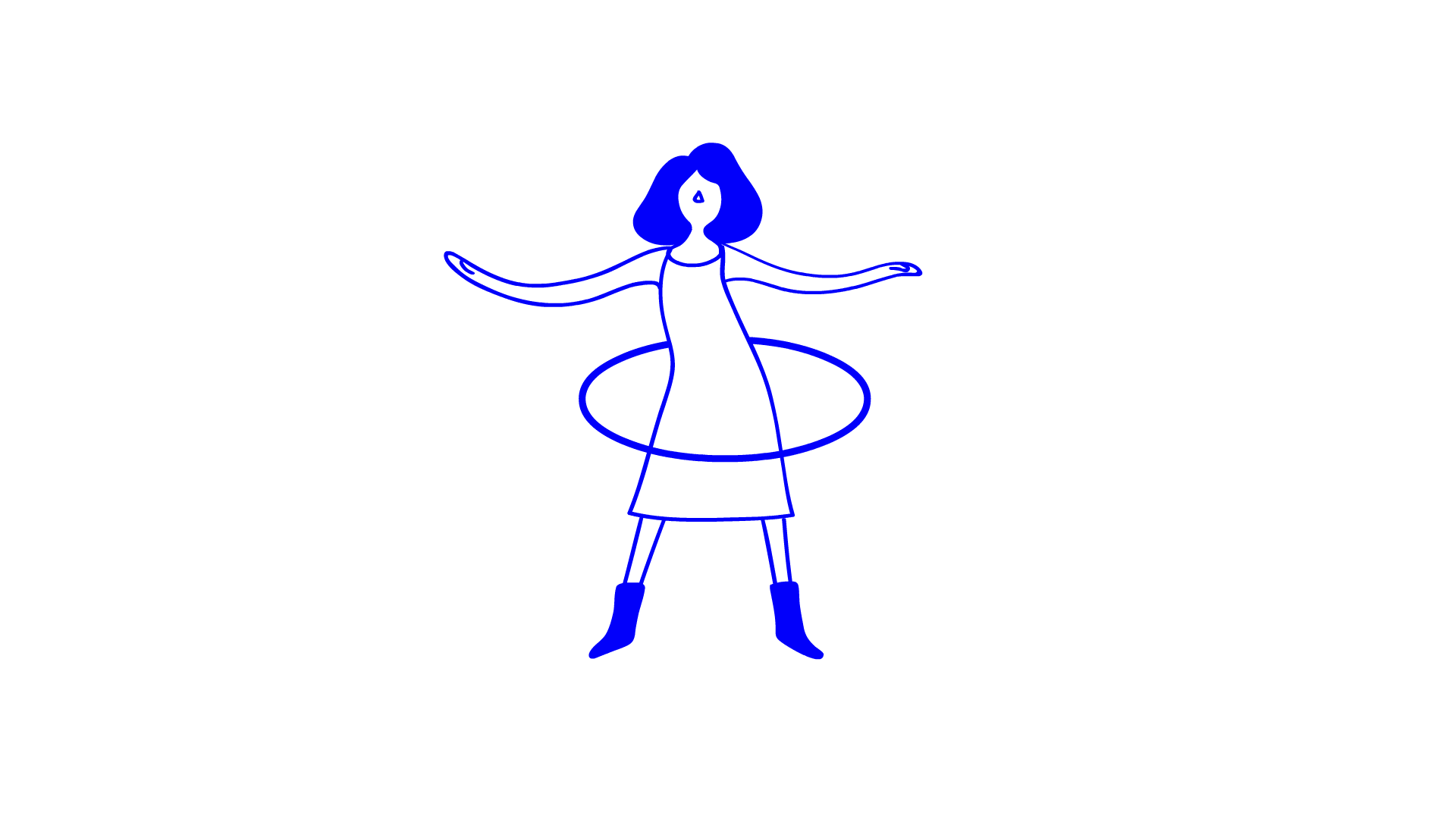Getting the tone right
See how we write and how our tone of voice looks like
Getting the tone right
See how we write and how our tone of voice looks like

To avoid sudden mood changes and drastic u-turns in our writing pattern we created this tone of voice. It’s a pretty good brief of how we use words to get our message right.
We want to share our process and apply every single detail we promote within our clients on a daily basis. And it’s not only about writing, it’s also about context and, mostly, about people. Like you.
So, dream up. We’re about to show you how we write awesome things on purpose.
When we go on a meeting with a client, a prospect or a job candidate, the first thing that comes to our minds is the audience. (Barely true, because if our office manager is at the building we probably think primarily about catering.)
The second thing that is going on in our minds is a dynamic feature that we, as humans, have developed very wisely during our evolution path: fit or tune. That’s why we’re always adjusting the tone, the pace and the way we express ourselves between audiences, meetings, goals, and people.
It makes a lot of difference if the person in front of us is a client or a job candidate. If he/she has met with us before or if someone mentioned us some minutes ago and they’ve just typed out our name on their web browser. It’s all about context. And it’s all about how we manage to get the content that fits the Plot (brand) experience perfectly.
Overall, people make the context, we have the content.
Words are crazy. When we roll out the set of our brand core values we get: people, flexible, curious and purpose-driven. We bet that you, at some point, thought about a contortionist. Yeah, we’re always curious about how people can be so flexible, even if it’s unique purpose is to get away from a small container.
Seriously, words light up emotions, set up the stage for your imaginary stuff and use your brain dilemmas to interpret things. But words, for us, have a specific goal: to make our voice heard.
Our voice is a bundle of traits that describes our personality. We don’t like to talk about ourselves but here, we have to. Hence, our voice speaks for itself.
When you log in your Spotify account or listen to your YouTube playlists, the artists and songs you’ve chosen have one thing in common: chords and notes. Every song you hear has a leading tone (by the way, the most successful hits along history have been composed in C major, the portuguese Dó).
In general, sad songs use minor tones or chords, happy songs use major ones. That’s what makes a memorable record, this mix of emotions and tones fostering the experience and gathering both romantic and not so romantic dudes.
Brands also have different tones across the experience. Audiences made them do it. Of course, brands have a major tone they use regularly, but sometimes specific audiences deserve an exclusive tone.
At Plot, we tend to be clear and useful, following the digital writing mantras, but we are also:
Even if we have to be formal and everything we do has a solid and formal background, we are easygoing. We transmit our calm and relaxed culture through a more casual tone that uses expressions and words that everyone knows.
Being irreverent has a purpose, a major end. When we write, we want to apply a creative skill set to translate the form and the process of how things are done at Plot. Always remember: we’re purpose-driven.
When it comes to marketing, we are experts. We know the right words, the solid and strong expressions, and we want to show that we are good at it. Sometimes, we have to decide between clarity and expertise. On those occasions, we tend to use the technical word adding another short sentence to clarify it to the ordinary people.
There’s a thin line between humor and silliness. So thin that sometimes we have to write it down, go take a coffee and come back to realize how wrong we were about our first thought. Humor is a strong weapon, so we have to use it carefully and gently.
We are, somehow, in the middle of two big clusters of players: consultancy companies and advertising agencies. That doesn’t mean we’re squeezed. Actually, it’s our safe haven. We deal with that in a funny and peaceful, way using copy and messages that defy the boundaries and transmit a provocative fairplay, which sets us apart.
We want to be understood by everyone…
So we prefer to use active voice instead of the passive, with some obvious exemptions. It’s clearly different to say “Trump desires Greenland greens” instead of “Greenland greens are desired by Trump”. We want to emphasize who is taking the action, even if it’s awkward, right?
When it comes to sentences, we should be brief and concise. More than 25 words is a dangerous dive for our oxygen levels. Also, it’s better if we use short paragraphs (5 to 6 lines).
Flesch-Kincaid is one of the readability tests often used by famous plugins like Yoast and some others. It’s a math formula that returns a level of ease to read, so it works regardless the language we’re using. See how it works.
When we write, we have an audience. And if we have an audience, we have brains working. So, knowing some features of the brain will help. Make yourself comfortable with terms like these:
People feel much more positive about something they already saw at some stage of their experience, rather than something they didn’t. When you pick words for a website, try to get people comfortable with the same words you will show them right before the conversion.
And keep this in mind: people read lowercase letters faster than uppercase, they prefer to read shorter lines and story shaped texts, and remember objective words better than subjective, according to this surprising book.
Website
“Show-off? We call it work.”
“People demand. We deliver. Businesses grow.”
“Some offer you a car. We give you a ride.”
Meeting Room
War room
“Life is short. Think about it before entering.”
Other Rooms
Quiet room
“Say it all before you open the door.”
Kitchen
“The only place where we want organic traffic to go down.”
Bag
“I do things with computers and sometimes stay at home.
#myparentsdefinitionofmarketing”
Notebook
“I create so many personas, the landlord increased my rent.”
Stickers
“Thinking about design is not Design Thinking”


Okay. It’s time to wrap up things and do it your own way. “Follow the line” doesn’t mean follow dogmas. It’s up to your creativity and everyday effort.
The mission? To be the agency that most surprisingly blends art and science, with an accent that deceives no one. Shhh.
